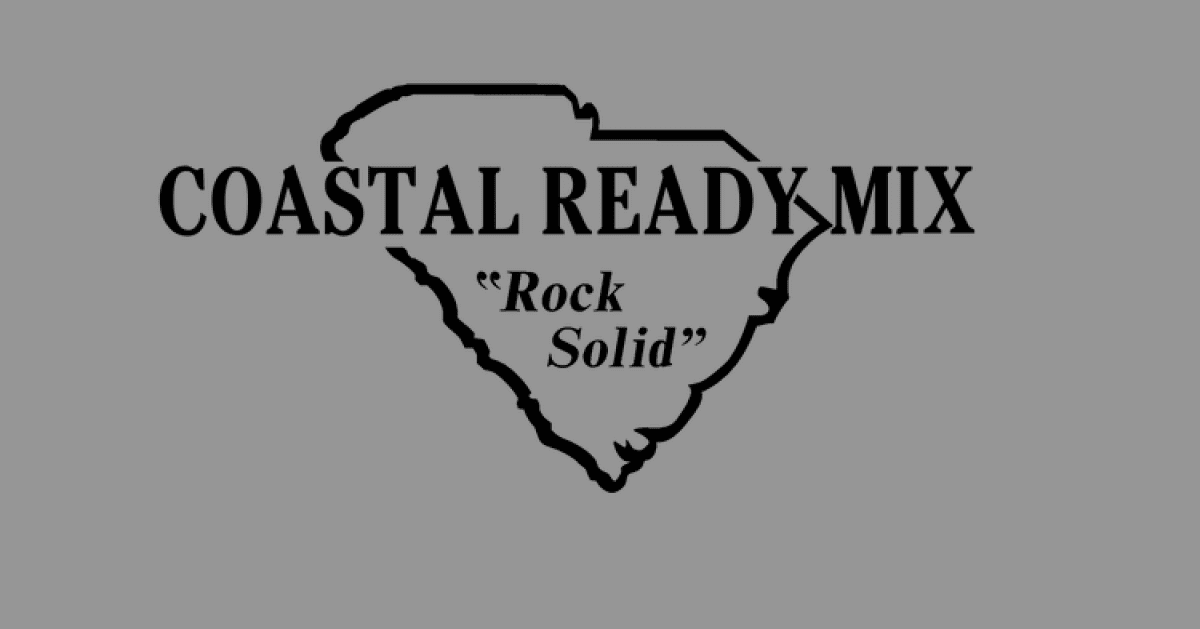Introduction
Semiconductors are the microscopic engines powering the global economy. These microelectronic components, commonly referred to as chips, are essential to everything from smartphones and vehicles to medical devices, defense systems, energy infrastructure, and advanced manufacturing. As foundational technology, semiconductors enable innovation across nearly every sector, making their availability and advancement critical to both economic competitiveness and national security.
In recent years, the semiconductor industry has moved from behind the scenes to center stage. Disruptions caused by the COVID-19 pandemic, geopolitical tensions, and surging global demand have exposed vulnerabilities in supply chains and underscored the need for greater domestic production capacity. In response, the United States and its economic development partners have mobilized around federal incentives, reshoring initiatives, workforce training programs, and innovation ecosystems aimed at supporting the next generation of semiconductor technology.
This article explores the evolving semiconductor landscape, the factors driving site location, industry growth, and the opportunities it presents for regions seeking to attract advanced manufacturing and technology jobs.
Recent Industry Activity
The US semiconductor industry is entering a period of accelerated growth, reshaping the talent landscape for communities across the country. According to Lightcast, jobs in the U.S. semiconductor cluster increased by over 33,000 between 2019 and 2024, a nearly a 6% increase, reaching a total of approximately 624,000 jobs in 2024 (Note: For this article, we define the cluster as focused on production and manufacturing of chips, excluding warehousing, packing, or research components). This growth outpaces many other manufacturing sectors as well as the overall U.S. economy, which grew by 4% during the same period.
While the average earnings per job in the industry exceeded $182,000 in 2024, there is a wide range of opportunities available for various skill levels (Source: Lightcast). The growing number of entry points has mobilized career centers, community colleges, and universities to create pathways into semiconductor careers. Production occupations, which make up nearly 40% of all jobs in the sector, added approximately 11,000 new positions from 2019 to 2024 (Source: Lightcast). These technician and assembly roles offer accessible entry points to high-paying careers that can be scaled through continued training.
Industry Perspective: Follow The Investment
From the early CHIPS Act buzz of 2021 through the supply chain reset of 2025, Camoin Associates’ semiconductor prospect pipeline has charted a sustained surge in activity. Our prospecting work highlights a two-tiered expansion pattern that remains highly relevant:
- Tier 1: High-profile projects, including chip, materials, and tool makers planning an estimated $1.2 billion in capital investment, creating around 1,900 jobs. Footprints range from 10,000-square-foot pilot lines to million-square-foot mega-plants. Prospects are diverse, spanning next-generation power devices, quantum-dot materials, UV-C LED makers, MEMS sensor fabs, solar-PV module producers, and grid-modernization conductor manufacturers.
- Tier 2: A growing segment of companies that may not label themselves as “semiconductor” in industry classifications but sell directly into fabs and advanced-electronics production. These include MEMS switch manufacturers, microfabrication specialists, SiC-based power-conversion firms, rugged microserver developers, and suppliers of PCB, metrology, sensor, and specialty-material components. Collectively, they form the ecosystem that keeps fabs operational.
Key location drivers for both tiers include:
- Utility Resilience & Speed-to-Power: Reliable, affordable, and redundant power is a top priority. Energy costs that have doubled or quadrupled in states like California and parts of New England are driving firms to regions where prices are stable, voltage is clean, and utilities can ensure redundancy. Tier 1 manufacturers often require 5–20 MW with backup feeds, while Tier 2 firms focus on three-phase reliability and high-quality power.
- Speed-to-Market with Ready-to-Go Sites: Companies increasingly avoid greenfield sites without entitlements in place. Many prospects seek existing shells of 15,000 –50,000 square feet or shovel-ready sites with utilities and permitting lined up to shorten time-to-revenue.
- University-Fed Talent Pipelines: Skilled labor availability, particularly engineering and technician talent, is critical. Companies prioritize locations with strong partnerships among R-1 institutions, community colleges, and workforce training programs
Those requirements, in turn, are reshaping the map. Half of our prospects are Silicon Valley or Southern California firms actively considering redirecting growth to the Carolinas, the Southeast, and the Ohio Valley. These are regions that pair lower electricity rates with right-to-work labor markets and strong technical-college pipelines.
Activity on the Ground: Peoria, Arizona
While employment in the US semiconductor industry grew by 4% over the last five years, Arizona’s semiconductor sector expanded by 16% over the same period, growing roughly four times faster than the nation. The City of Peoria is a prime example of how targeted investments and long-range planning enabled the city to secure investment and emerge as a hub in the national (and global) semiconductor value chain. Anchored by a $7 billion investment from Amkor Technology, the largest outsourced semiconductor packaging facility in the US, Peoria is positioning itself as a hub for advanced manufacturing and supply chain innovation. The facility will package and test chips for TSMC’s nearby fabs and is expected to create over 3,000 jobs, underscoring the region’s growing role in post-fabrication operations.
To support this surge, the City of Peoria has launched an ambitious land and infrastructure strategy centered around an 834-acre site known as Core 2. Through an intergovernmental agreement (IGA), the city is fronting $500 million in infrastructure investment, with reimbursement expected from future land sales through Arizona’s State Land Trust. The site is already attracting strong interest from semiconductor and clean tech suppliers and has a groundbreaking scheduled for October.
The city’s strategic advantages are numerous:
- Proximity to TSMC and the broader 303 Corridor semiconductor cluster.
- A regional workforce pipeline spanning high school CTE programs, community college tech certificates, and engineering talent from Arizona State University.
- Accessible logistics – just 31 miles from Phoenix Sky Harbor International Airport and within 50 miles of critical supply chain partners.
- Federal support through the CHIPS Act and a foreign trade zone designation, which further incentivize investment in R&D and workforce development.
Peoria’s transformation from a bedroom community to a dynamic innovation hub also reflects thoughtful land-use planning, housing diversification, and strategic infrastructure readiness. However, local leaders are also candid about the challenges: power and water resources are under pressure from competing demands, which is the impetus for Peoria’s ambitious infrastructure commitments.
With Amkor, TSMC, and other global players staking claims in the region, Peoria stands as a model for how secondary markets can leverage land, infrastructure, and intergovernmental partnerships to unlock high-value foreign direct investment in the semiconductor sector.
Conclusion: What This Means for Economic Developers
As the semiconductor industry evolves, economic developers play a critical role in shaping where and how expansion occurs. Their ability to negotiate effectively with businesses and highlight community assets can directly influence site selection outcomes.
Key takeaways include:
- Look Beyond “Home Run” Projects: Not every opportunity will be a multi-billion-dollar level investment. Tier 2 suppliers often present more realistic, attainable projects that provide high-quality jobs and strengthen regional supply chains. Preparing for these opportunities allows surrounding communities to capture complementary investments tied to major Tier 1 projects.
- Build a Collaborative Workforce Ecosystem: A layered talent pipeline that spans short-term certifications to advanced degrees will be a deciding factor for both Tier 1 and Tier 2 businesses.
- Prioritize Real Estate Readiness and Infrastructure Investment: Communities with shovel-ready sites and adequate infrastructure are better positioned to attract investment. Proactive planning sends a strong signal to companies that the community is prepared to support growth.





